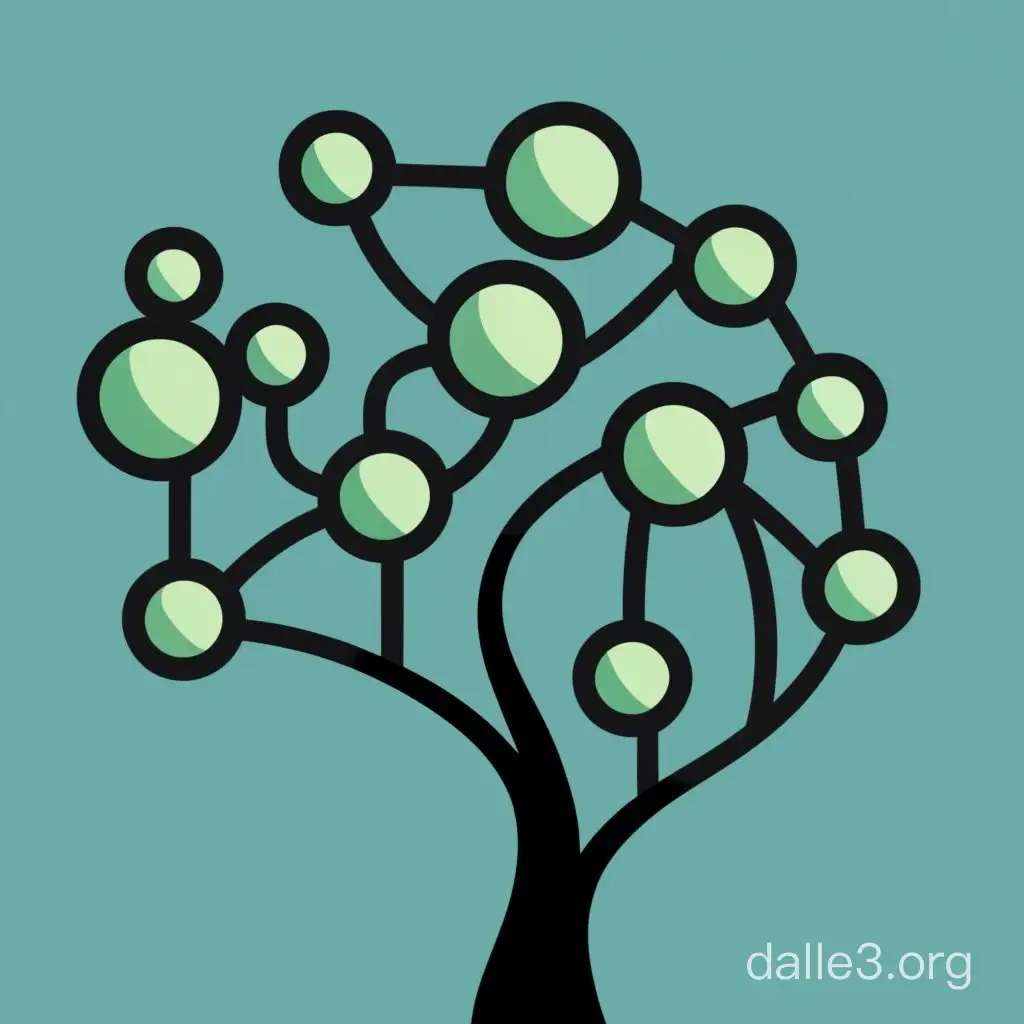RPG Skill Tree Interface Design Centralized Structure and Visual Clarity

AI Art Image Prompt
Prompt
Main Skill Tree Interface: Central Tree Structure: A central area displaying the main skill tree with branches for different skill categories. Nodes: Represent skills as nodes. Each node contains the name of the skill and possibly an icon. Skill Categories: Different branches or sections for distinct skill categories (e.g., Combat, Magic, Stealth). Each branch radiates from the central point, creating a visually clear structure. Connecting Lines: Lines connecting nodes to show the progression from one skill to the next. Dotted lines for locked skills and solid lines for unlocked skills. Node Information: Tooltip: Display information about each skill when hovering over its respective node (e.g., skill description, effects, requirements). Skill Icons: Use distinct icons for each skill to make them easily recognizable. Icons can represent the type of skill (sword for combat, wand for magic, etc.). Unlocking Mechanism: Some skills may have prerequisites. Highlight these prerequisites to show players what they need to unlock a particular skill. Progress Indicator: Show player progress within a skill branch. Highlight or shade nodes that are already unlocked or partially progressed. Reset Option: Include a way for players to reset or respec their skill points. This could be a button at the bottom of the tree. Navigation: Zoom In/Out: Allow players to zoom in and out for a better view of the entire skill tree. Pan: Enable players to drag the skill tree for navigation. Confirmation Mechanism: If there are permanent choices, include a confirmation dialogue to prevent accidental skill point allocation. Remember to consider the aesthetic of your game and the theme when designing the UI. This is a basic outline, and you can customize it based on the specifics of your RPG.
AI Art Prompt Analyze
- Subject: The main skill tree interface is designed with a central tree structure, providing a centralized hub for players to navigate through different skill categories. Each skill category is represented as branches radiating from the central point, ensuring a visually clear structure. Setting or Background: The interface showcases nodes that represent individual skills, with possible icons for easy identification. Connecting lines, both dotted and solid, depict the progression from one skill to the next, with dotted lines indicating locked skills and solid lines for unlocked ones. Style/Coloring: The aesthetic of the RPG skill tree is tailored to match the theme of the game. Skill icons, such as swords for combat or wands for magic, contribute to the visual appeal. The use of distinct coloring enhances the overall design. Action or Items: Players interact with tooltips that provide detailed information about each skill when hovering over its respective node. Prerequisites for unlocking specific skills are highlighted, guiding players on the requirements for progression. Costume or Appearance: The RPG skill tree interface incorporates a progress indicator, using shading or highlights to denote unlocked or partially progressed nodes. This visual cue keeps players informed about their skill branch advancement. Accessories: For player convenience, a reset option is included at the bottom of the tree, allowing them to respec their skill points if needed. Navigation features like zoom in/out and panning enhance the overall user experience.